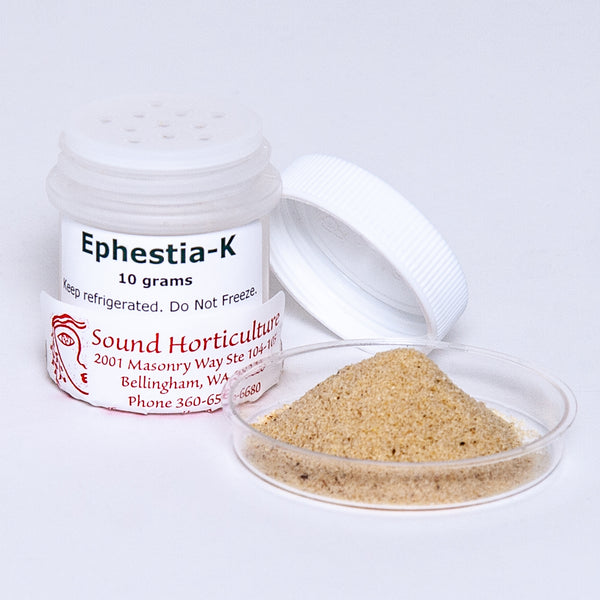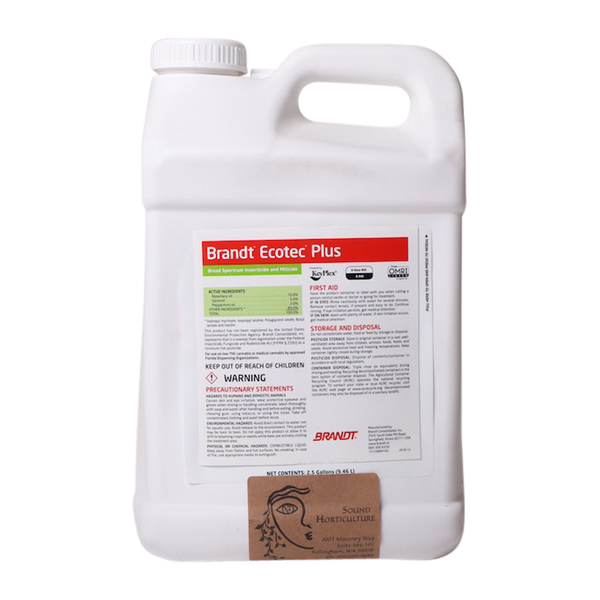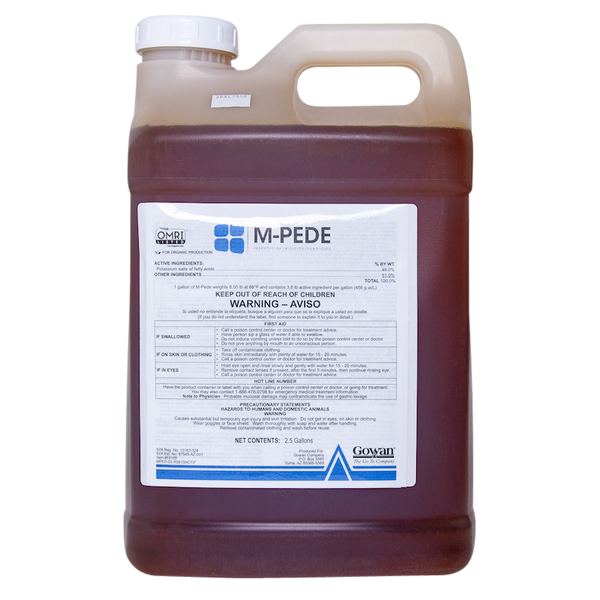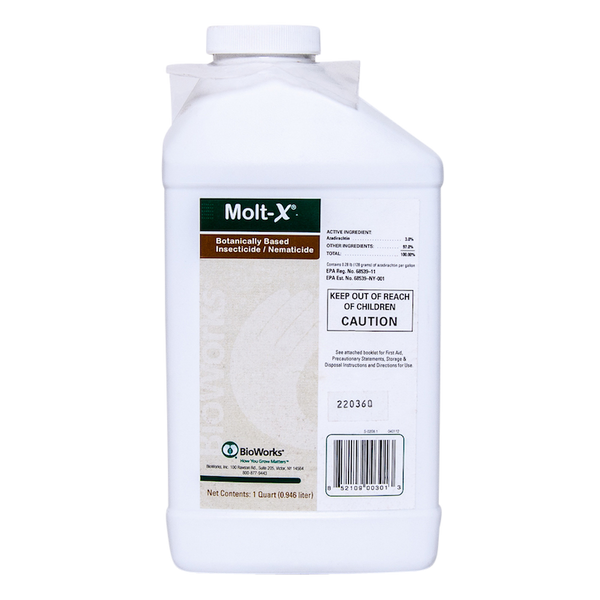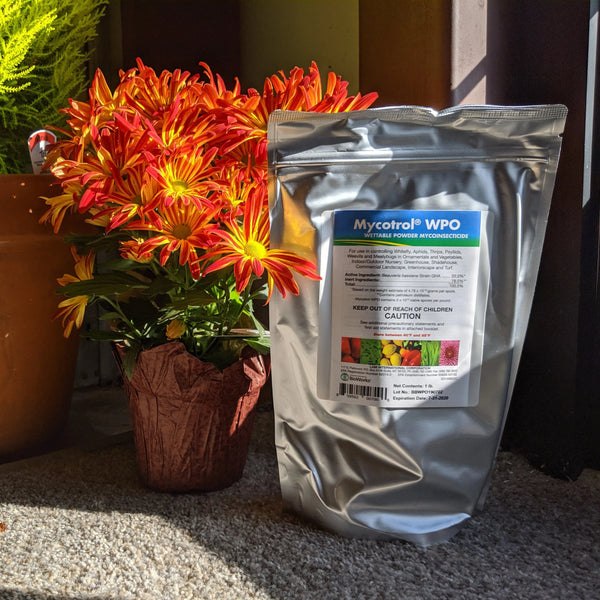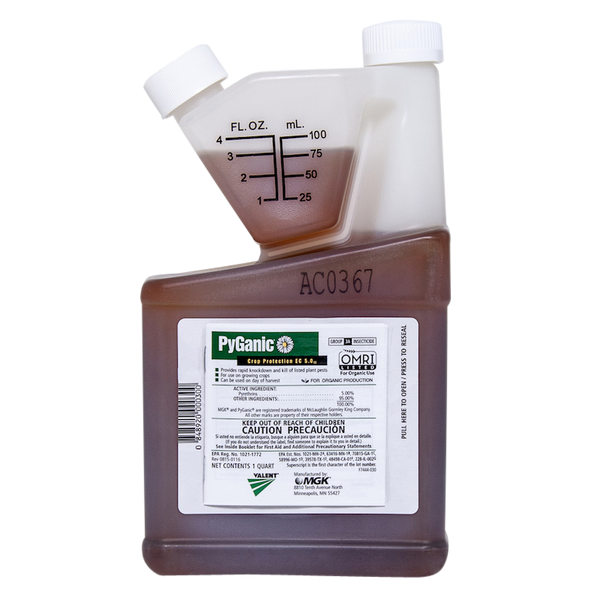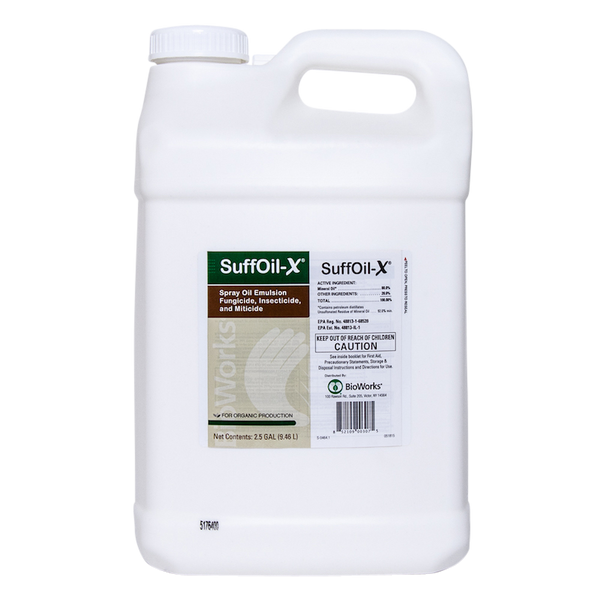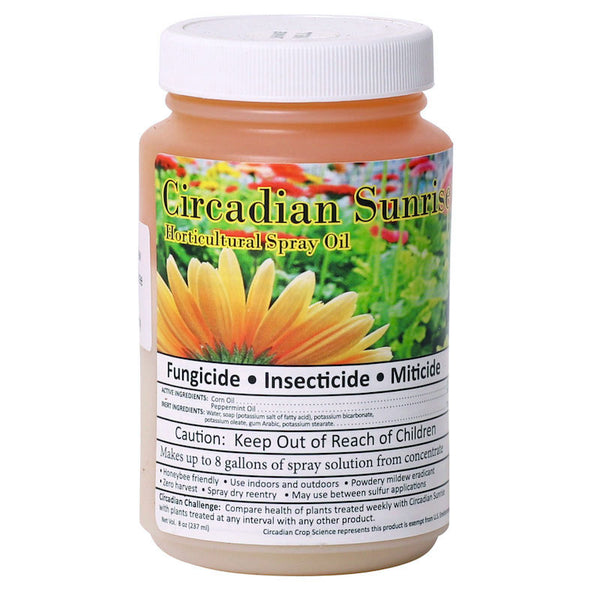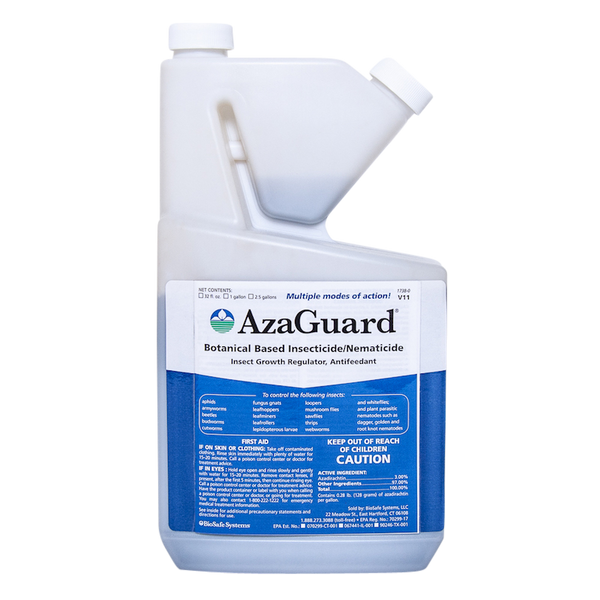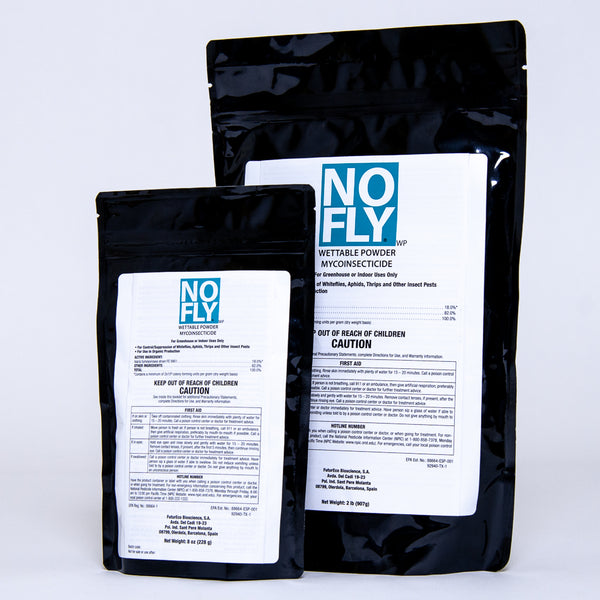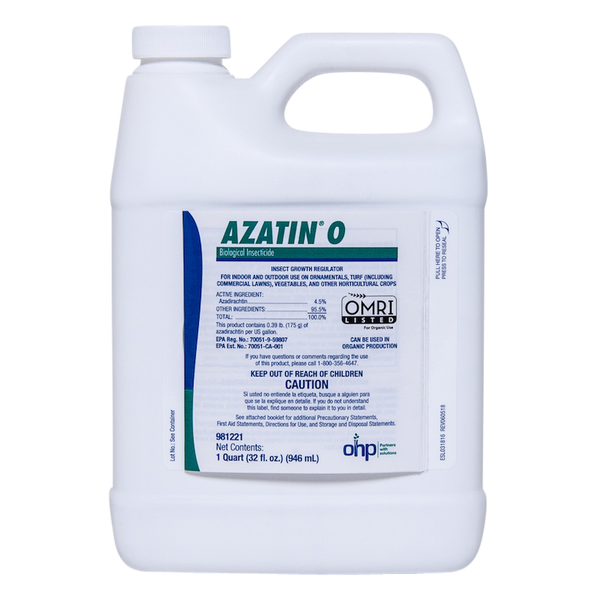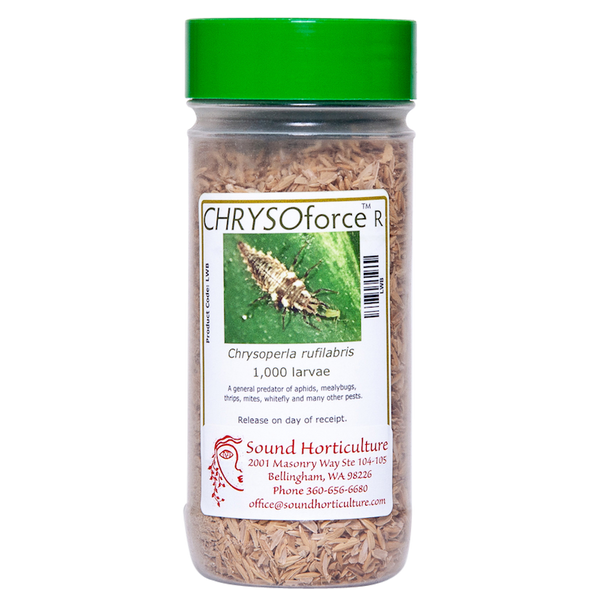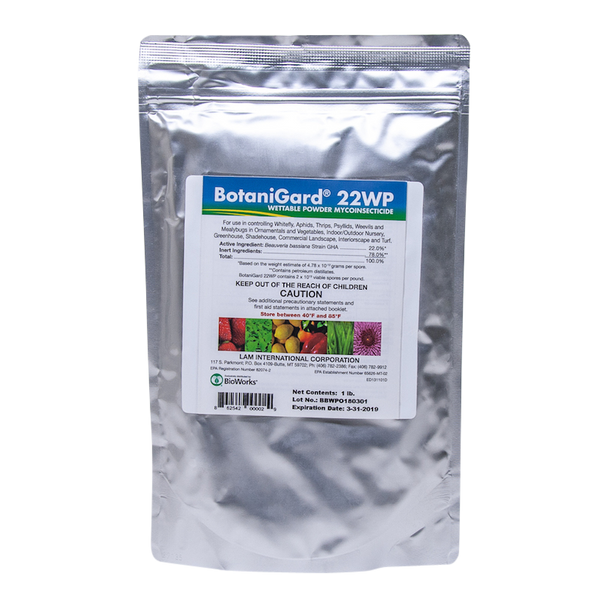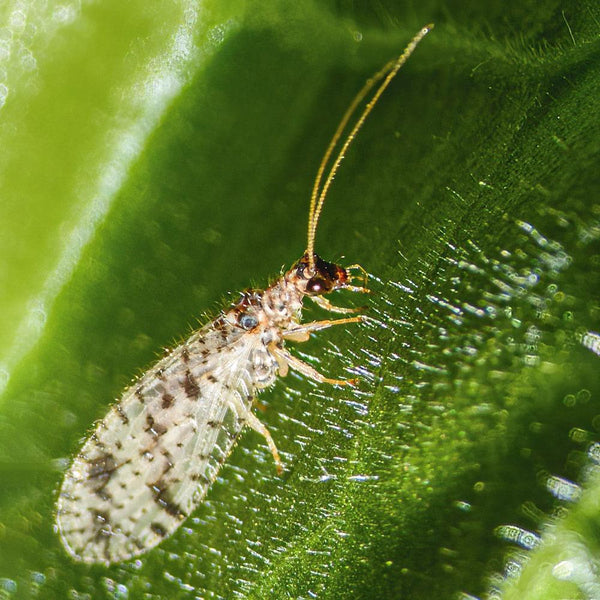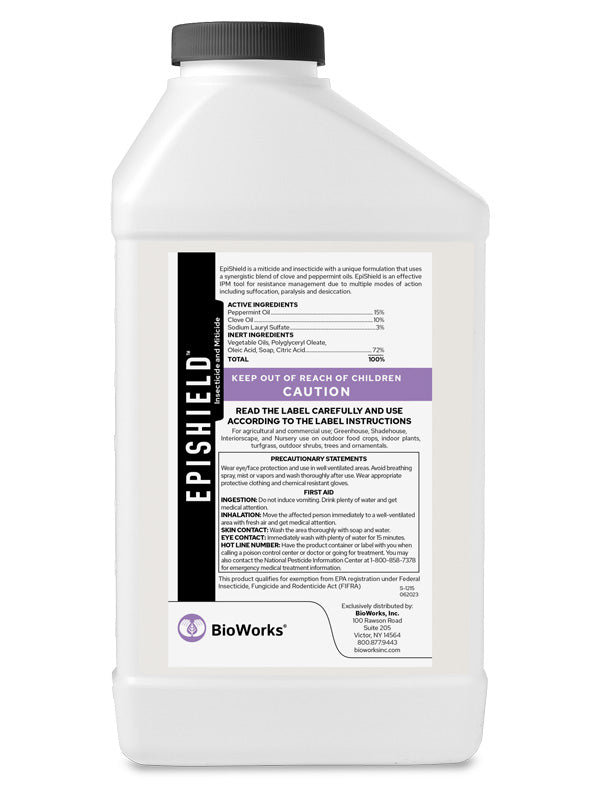Leafhopper Control
Please always review product labels prior to purchase to confirm the product you are purchasing is labeled for the specific pest/disease & crop you are treating.x
FOR YOUR FILES: Leafhopper tech sheet (PDF)

Photo courtesy of University of Kentucky
-
Leafhoppers get their name from their tendency to take short, ‘hoppy’ flights when disturbed or sense danger. They feed on a variety of hosts and consist of many different species. They are easily seen, often resting on foliage, and often cause little or no damage. However, when they do find a crop they savor, they can cause significant feeding damage. Stippling (white spots), yellowing leaf edges, curled or mottled young leaves, and dark excrement left on the underside of the leaves are all examples of leafhopper damage. This damage alone could be attributed to a number of different pests, leafhoppers molt several times during their nymphal stage leaving papery castings. Pests and casts are typically found on the underside of the leaves where they are more likely to find shade and higher humidity environments. A leafhopper’s unique flight ability can be a good indication of their presence when scouting.
More Information: The New Integrated Pest Management Paradigm for the Modern Age (PDF)
Always obtain an accurate diagnosis and ensure you are using good cultural and sanitation practices. Local extension offices will generally be able to identify your pest. Additionally, feel free to send us images and we will do our best to assist you.


